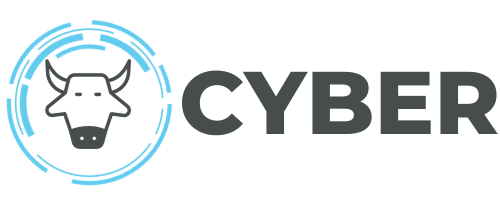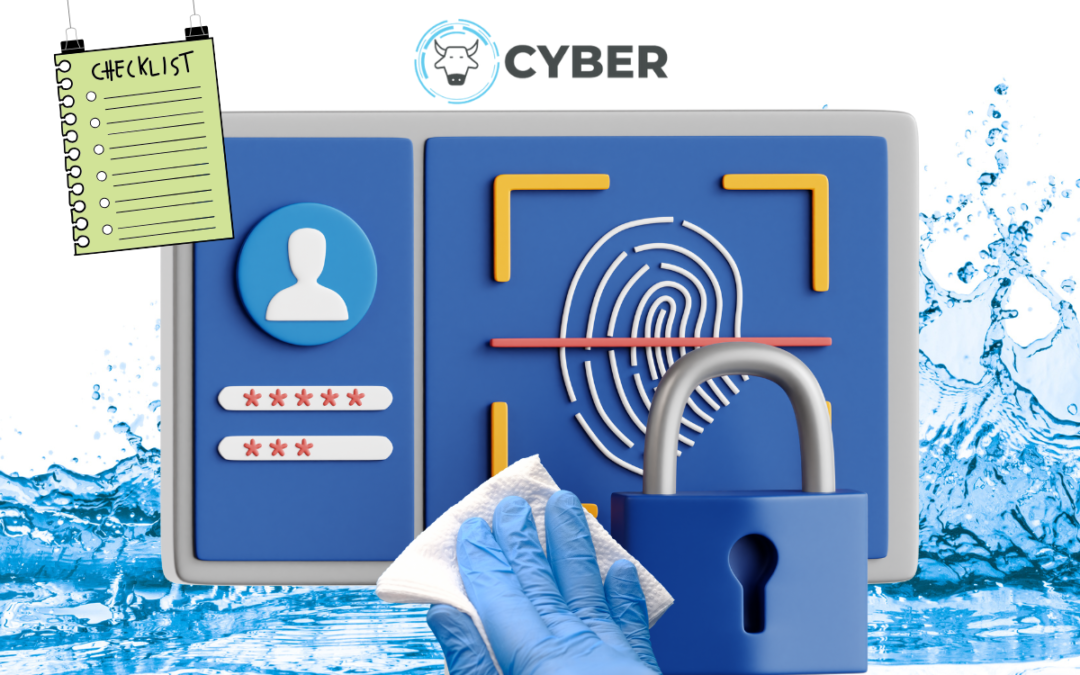Practicing good cyber hygiene is just as crucial as taking care of your physical well-being in this increasingly connected world. While it’s easy to overlook the importance of secure online habits, ignoring cyber hygiene can open the door to serious threats like data breaches and malware attacks. At OxCyber, we’ve created a simple and effective Cyber Hygiene Checklist to help you stay safe online. Let’s explore how you can protect yourself and your data.
Strengthen Your Passwords
Weak, reused passwords are a hacker’s best friend. Using complex and unique passwords for each account is one of the easiest ways to protect your personal and professional information. Consider using a password manager to securely store and generate passwords, so you never have to worry about remembering them all. Strong passwords act as your first line of defense against unauthorised access.
Keep Your Software Updated
Those software update notifications aren’t just about adding new features—they often fix critical security vulnerabilities that hackers could exploit. Ensure that all your devices, including phones, laptops, and apps, are updated regularly to stay protected. An up-to-date system helps keep cyber threats at bay and strengthens your digital defenses.
Be Cautious with Phishing Attempts
Phishing scams are becoming increasingly sophisticated. They often come disguised as legitimate emails or messages, trying to trick you into revealing sensitive information or clicking on malicious links. Always verify the authenticity of unsolicited communications, even if they appear to be from a trusted source. If something seems off, it’s better to delete or report it.
Enable Two-Factor Authentication (2FA)
Adding an extra layer of security with 2FA can significantly reduce the risk of unauthorised access. This additional step requires a second form of verification, such as a code sent to your phone, alongside your password. Implementing 2FA wherever possible helps safeguard your most important accounts, from emails to financial services.
Regularly Back Up Your Data
No one likes to think about losing important files, but accidents and attacks happen. Regularly backing up your data to an external drive or a secure cloud service ensures that your information remains safe, even in the event of ransomware attacks or hardware failures. Having backups in place is essential to maintaining control over your data.
Secure Your Wi-Fi Network
Your Wi-Fi network is the gateway to your devices, so it’s essential to secure it properly. Use a strong, unique password and enable WPA3 encryption to protect your connection. If you’re not using guest networks, consider disabling them to further tighten your home or office security. Securing your network is a vital step in protecting your devices and the sensitive information they contain.
Keep in mind, cyber hygiene isn’t just a one-time task—it’s an ongoing habit that protects you and your digital presence from evolving cyber threats. By implementing this checklist into your routine, you can reduce your vulnerability and ensure a safer, more secure online experience. At OxCyber, we are committed to helping you stay informed and protected in today’s digital world.
Stay secure, stay informed.

